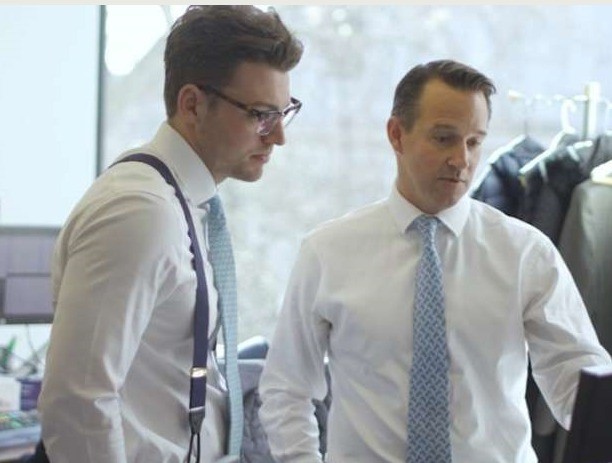Reflecting on the extraordinary events of 2020, investment manager Laurence Hulse says he has made the most of a ‘once-in-a-generation opportunity’ in public equity markets.
‘We were fortunate to go into the crisis with the cash to take advantage of it’, he says. ‘We have put one-third of our portfolio NAV into distressed opportunities during lockdown that are not broken businesses but had suffered a “black swan” event’.

Laurence Hulse adds that the fund did not have many calls for extra funding support from existing holdings and that the fund’s closed-ended structure meant there were no withdrawals to fund during the sell-off. ‘We have managed to take advantage of what has been going on, and we have a target of 2.5-3.0x money over three to five years from these new holdings’, he says.
More from Finance
- 5 Ways Private Banks Support Entrepreneurs
- Why Cybersecurity Is Now a Top Priority for Private Banks
- Sark: The Last Tax-Free Haven For UK and Irish Residents
- Why Commodity Prices Fluctuate and What It Means for Investors
- Bahrain: The Last True Zero-Tax Jurisdiction or an Overlooked Opportunity?
- Technology And Money: How The World Of Finance Has Changed
- Apps To Help You Save Money On Eating Out At Restaurants
- Best Tools and Software for Oil Trading Analysts
Looking at the rest of the portfolio, Hulse says: ‘We have c 25% in Augean, where the potential introduction of a dividend next year would change the perception, and it is currently trading on 5.5x forward EBITDA. This is a material discount to recent transactions in the sector such as Viridor (taken over by private equity group KKR last year). Then we have c 35% in businesses like Van Elle, Fulcrum Utility Services, Flowtech Fluidpower and Ted Baker, which were on their knees at the height of the crisis but in most cases are recovering well, and c 20% in companies like Pressure Technologies and Northbridge Industrial Services, where the headwinds are arguably in the price’. With GHS’s active approach continuing to offer opportunities for improvement at the underlying business level, there is thus significant scope for a re-rating should sentiment toward the UK small-cap sector improve.
Laurence Hulse explains: ‘To justify our level of conviction on these ideas, we qualify everything through our “circle of confidence”. Firstly, we look for a smart entry point. Because we want a strategic stake, that means we need to own a lot of shares, so perhaps we will act as cornerstone in a new issue’. Many potential opportunities arise as a result of the management group’s strong existing relationships in the market.

The second pillar is a clearly identified investment thesis. Laurence Hulse continues: ‘We want real detail on the initiatives a company will put in place to achieve what they say they will; we agree a plan and ensure they stick with it’. As part of this step, the team evaluates a range of valuation metrics, such as spot multiples relative to history, leveraged buyout free cash flow models, and comparable private equity transactions.
The third step, engagement and influence, is about risk mitigation and return maximisation, through regular dialogue with the board and management of investee companies to ensure the thesis remains on track, and by deploying the kind of value creation initiatives listed above. The final step – which begins before an investment is made – is identifying catalysts and a route to exit. ‘We have a view on day one as to our exit point’, Hulse explains.



